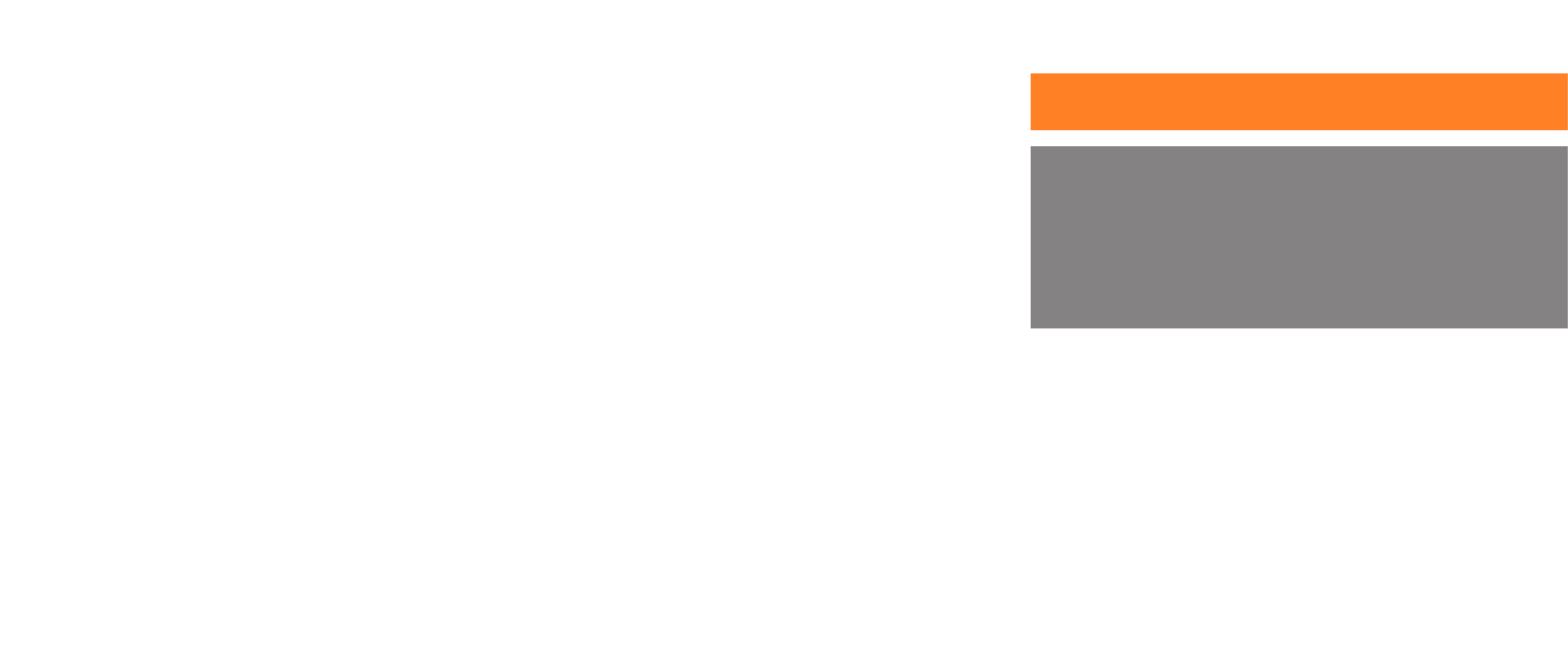5 Reasons Why We Are Cancelling Epoxy Floor Coatings
A 2020 market survey placed the epoxy floor coating industry at a staggering value of $8.93 Billion. We are sure the valuation will climb even higher in the near foreseeable future, but for how long? Certainly not much since Polyaspartic Polyurea has built quite the cozy nook for itself in the flooring market.
The blog below outlines 5 of the most common problems with epoxy floorings and why polyurea is a better alternative.
Some Noteworthy Problems Epoxy Floor Coatings Have
#1 Strong Noxious Fumes During Installation
Any epoxy floor installer will tell you of the strong smell that epoxy emits when being installed. The astringent smell is caused by toxic fumes emanating from the curing agent. The fumes are known to induce redness and inflammation in your eyes. It is especially harmful to people with asthma since the fumes trigger breathing troubles and lung irritation.
Polyurea floor coatings have no questionable odor and certainly none that can have adverse effects on your health.
#2 Ridiculously Long Cure Times
The other major problem with epoxy is that it takes forever to cure. We are not even kidding when we say forever. Epoxy actually continues curing even after it has set enough to be walked upon. More on that later.
Ideally, epoxy needs 3-4 days to cure to a workable consistency. After that, it can handle light footfall. For heavy traffic like in garages, the epoxy should be allowed to settle for as long as 30 days. Of course, it doesn’t need saying that this arrangement is highly inconvenient, for both residential and commercial installations.
Part of why polyaspartic polyurea rose to exponential fame is that it takes only 4 to 8 days to cure to its full strength. You can even drive your car over it within 24 hours of pouring the coating.
#3 Prone to Peeling, Chips, and Cracks
Contrary to popular belief, epoxy floor coatings are not permanent. Epoxy starts peeling off if you make the slightest error installation. It is also imperative that the weather stay dry and warm during the curing process.
Even 100% epoxy coatings aren’t as durable as regular polyurea ones. High-traffic areas like patios and garages are prone to chipping and cracks after a couple of years. It is also worth noting that since epoxy continues curing over time, it becomes too brittle after a while. The brittleness gives way to breakage, resulting in chips and cracks.
#4 Poses A Risk of Slipping Hazard When Wet
Epoxy is a resinous material. Its non-porous nature strips away any traction when it's wet. So much so that it is practically a slipping hazard. If you have kids or elderly people at your place, epoxy might not be in the best interests of their safety.
Some people silica sand on the final coating to produce some sort of friction. Aluminum oxide is another additive used to create resistance. You can also install containment mats.
Polyurea on the other hand can be easily laid with chips and other frictious material.
#5 Installation Process Is Laborious
Finally, the most prominent drawback of installing epoxy is perhaps the preparation of the floor that precedes it. Prior to pouring epoxy, you need to make sure that the floor is free of oil, grease spots, and dust. Also, epoxy doesn't bond to a smooth surface, you will need to grind your concrete or get some acid etching action done.
And that’s not even all. When installing an epoxy floor coating, the humidity levels must be as low as possible. The moisture will cause the coating to come apart, causing bubbling. You will have to control the humidity of the area until the epoxy has cured enough lest you want to go through the whole ordeal again.
5 Problems, 1 Solution - Polyaspartic Polyurea Coatings
Zone Garage offers innovative, industry-leading flooring solutions. We are Oklahoma City’s favorite polyaspartic polyurea coatings. Resurface your garage, patio, pool decks, and warehouses in less than 24 hours with us. You can now get a free quote at our website!


